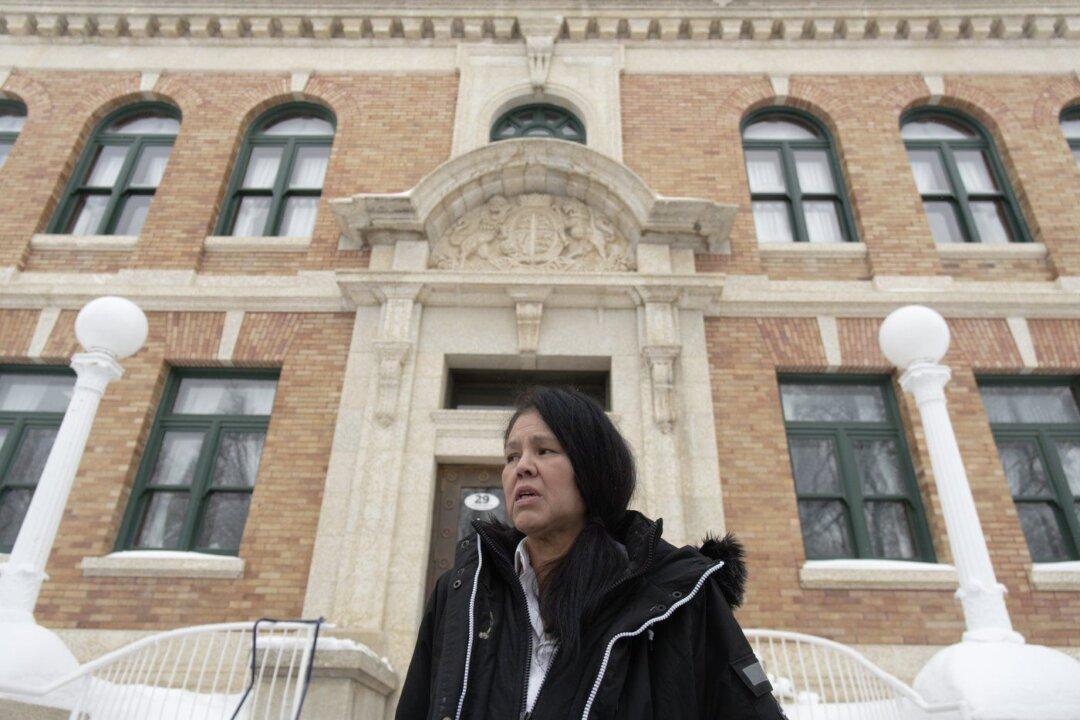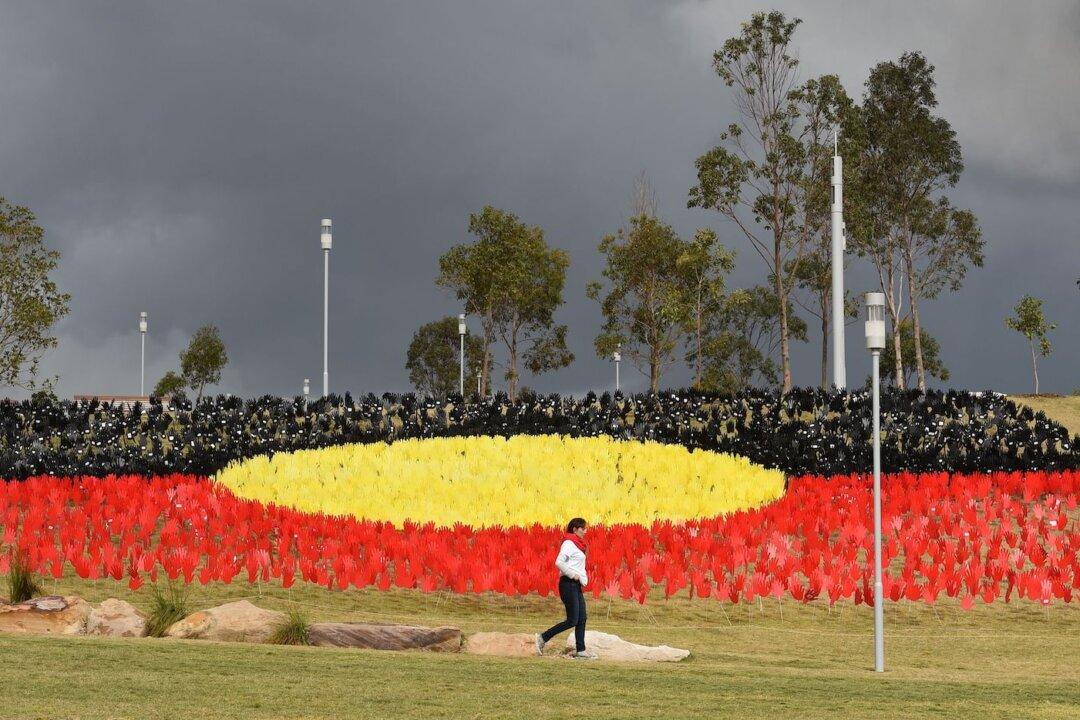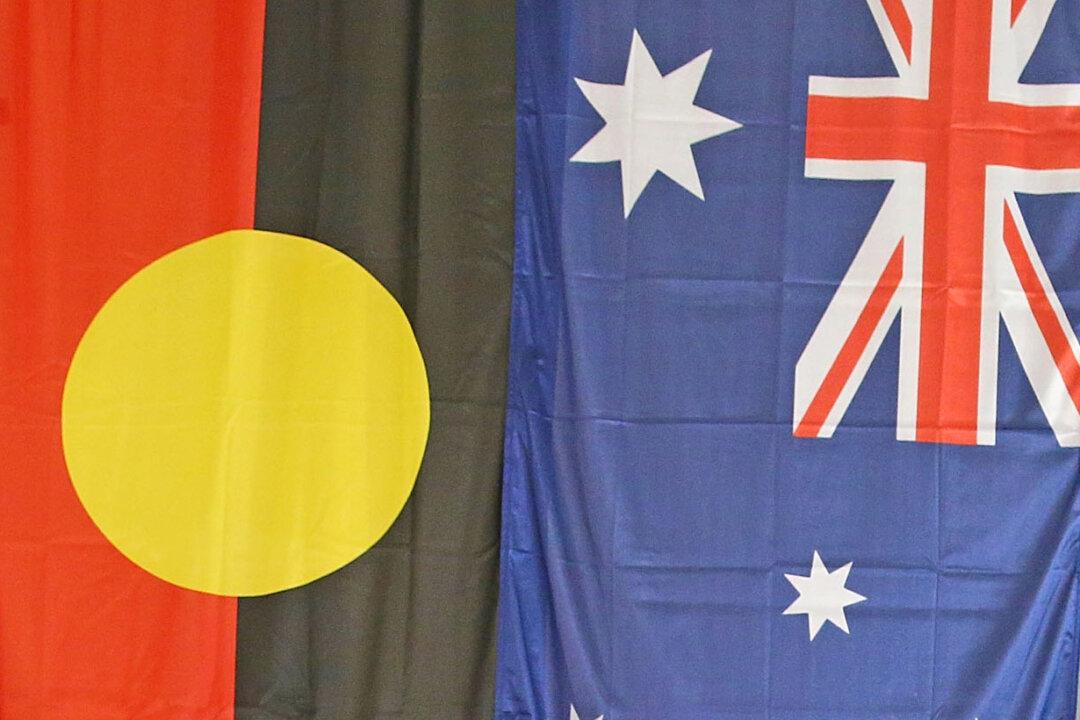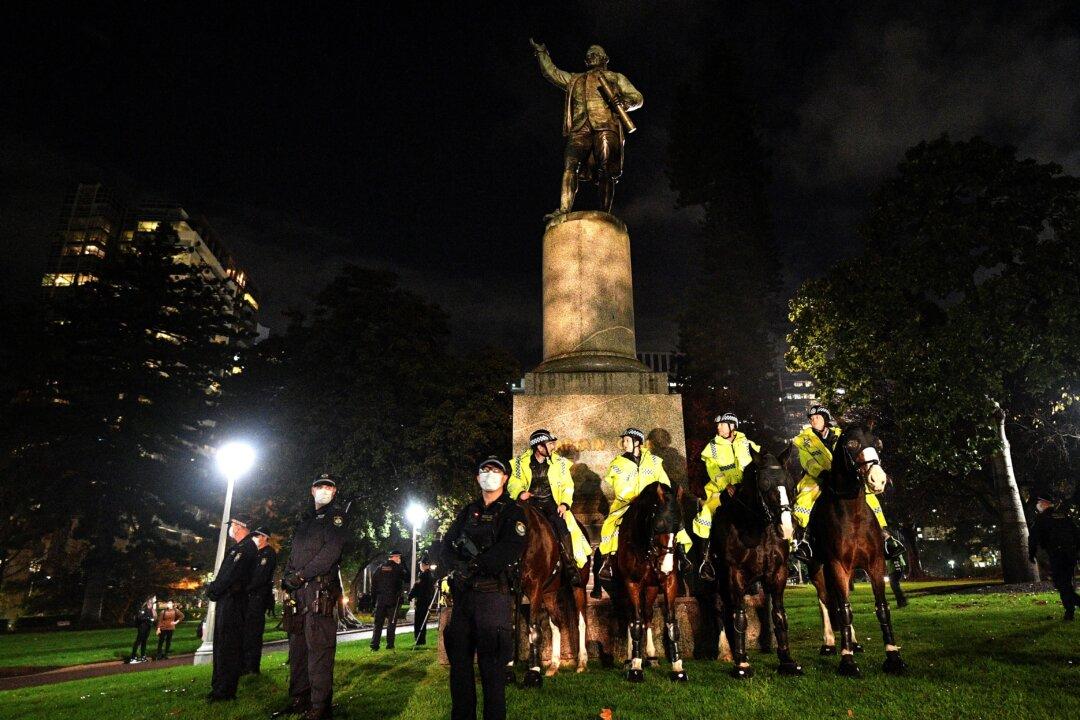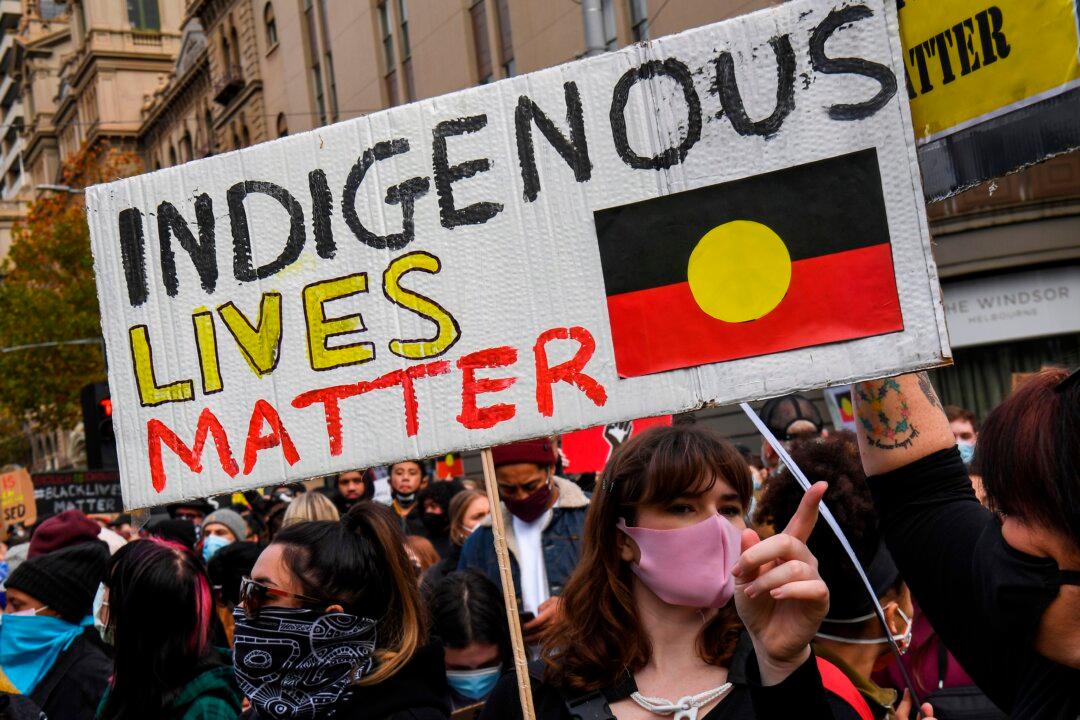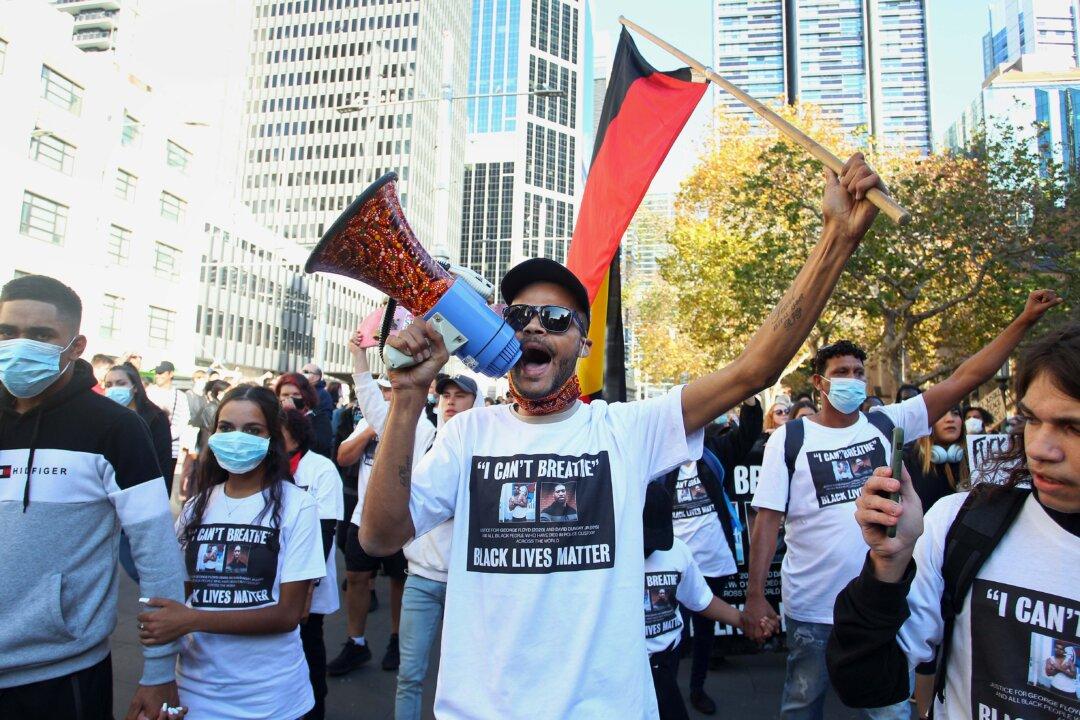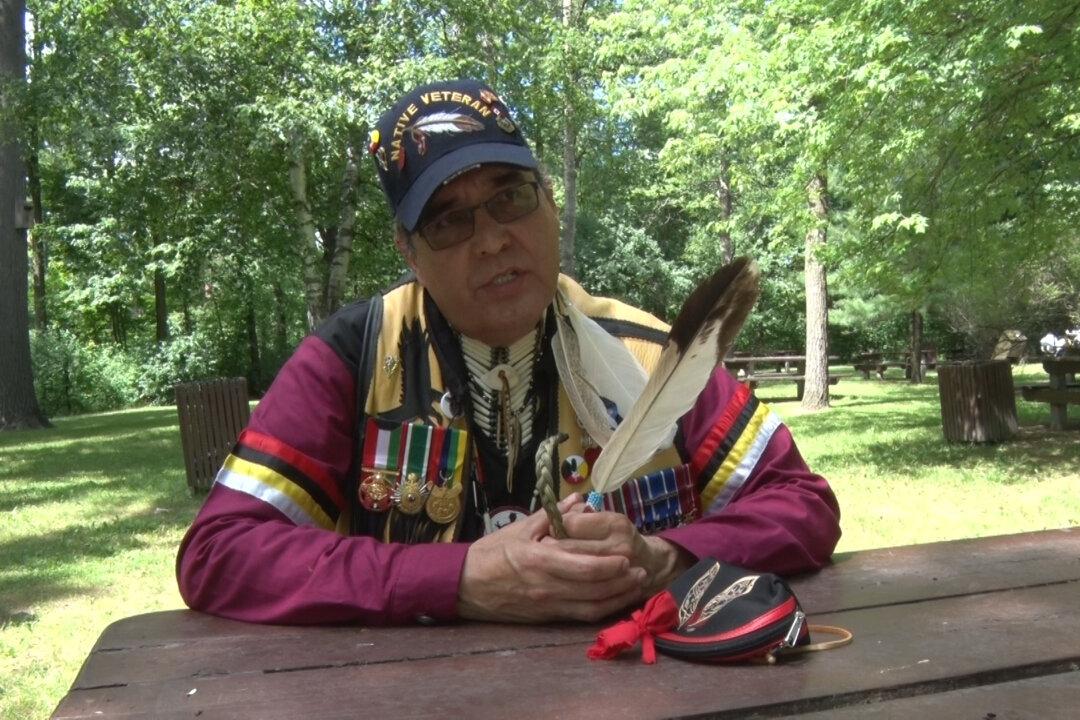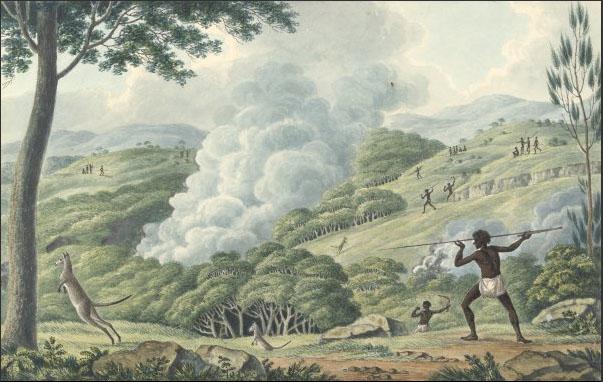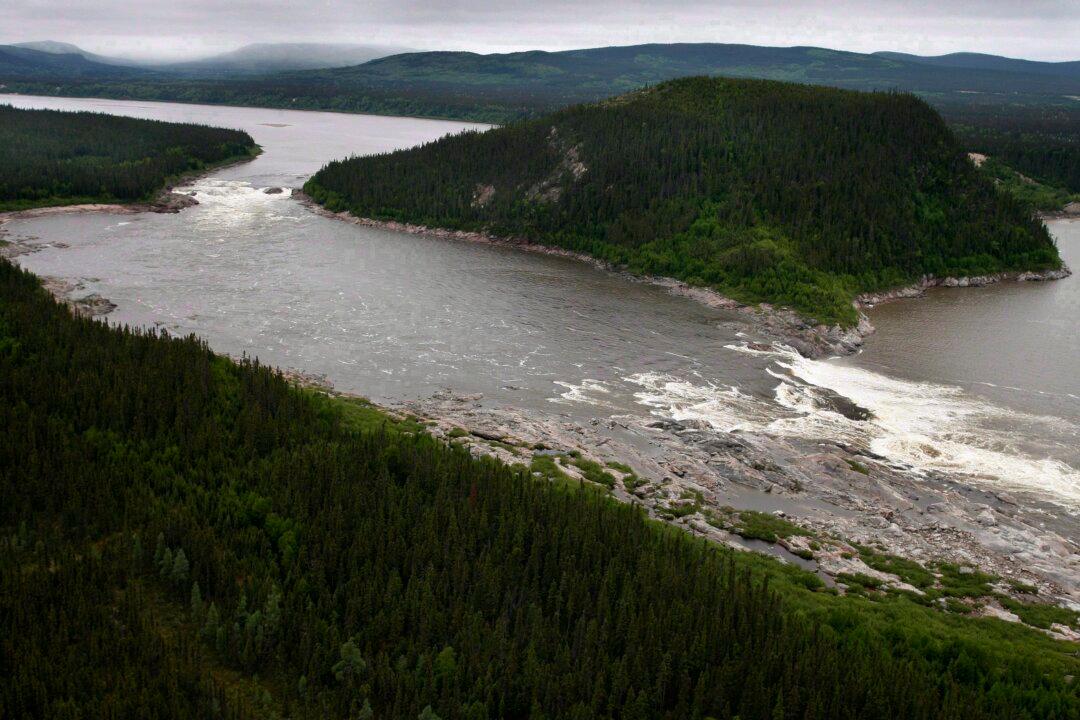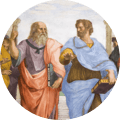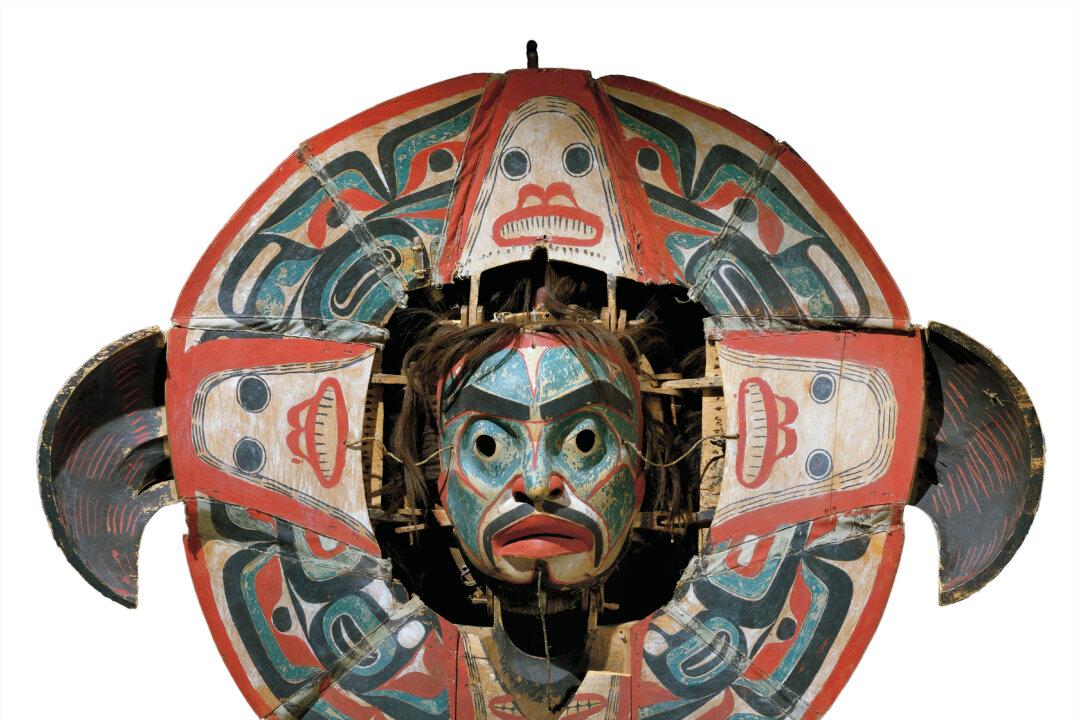Focus
Aboriginal Peoples
Make Reconciliation With Aboriginal Peoples a High Priority: Sinclair
The head of a six-year study of Canada’s residential schools legacy used the closing ceremony to urge a high and urgent priority on reconciliation efforts.
|
Aboriginal Title’s True Meaning: Billable Hours
Adoption of the Charter of Rights and Freedoms in 1982 made treaty and Aboriginal rights constitutional, though no one knew at the time what that meant. We are gradually finding out as the Supreme Court of Canada develops a new body of law.
|
Supreme Court Decision May Mark Turning Point in Aboriginal-Canada Relations
Last week’s Supreme Court decision changed the rules of engagement between Canada’s aboriginal people and the federal and provincial governments, says the president of the Union of B.C. Indian Chiefs.
|
We Need More Than Words to End Violence Against Women
It’s easier to think that violence is something that happens to someone else—in a different country, a different community, a different home. But the truth is that every day, everywhere, women are raped, beaten, and killed just because they are women.
|
Loretta Saunders Vigil Renews Calls for Missing Women Inquiry
It took the disappearance of a beloved cousin to bring Holly Jarrett and her estranged mother together after a year of silence.
|
Aboriginals Face Barriers to Entering Skilled Trades
While traditionally governments have bolstered their workforce through immigration, it would be wise for them to engage with Canada’s Aboriginal communities.
|
Muskrat Falls Project Entails one of Canada’s Most Ambitious Financings
A federal loan guarantee enabled Newfoundland and Labrador to borrow $5 billion over 40 years for the Muskrat Falls project at a 3.8 percent interest rate.
|
Canada’s Northwest Coast Mask Art
Some who visit powwows or museums, such as the Canadian Museum of Civilization in Gatineau, Quebec, and the Vancouver Art Gallery, seem to admire aboriginal masks purely for their artistry and fine craftsmanship, while others are intrigued by the exotic and sometimes grotesque nature of the carvings. Yet others see a scholarly and psychological reason for people to make and use masks.
|
Chief Slams Harper’s Absence at Rally for First Nations Walkers
Critics slam Harper for failing to welcome Cree youth who walked 1,600km to raise awareness of aboriginal issues.
|
Make Reconciliation With Aboriginal Peoples a High Priority: Sinclair
The head of a six-year study of Canada’s residential schools legacy used the closing ceremony to urge a high and urgent priority on reconciliation efforts.
|
Aboriginal Title’s True Meaning: Billable Hours
Adoption of the Charter of Rights and Freedoms in 1982 made treaty and Aboriginal rights constitutional, though no one knew at the time what that meant. We are gradually finding out as the Supreme Court of Canada develops a new body of law.
|
Supreme Court Decision May Mark Turning Point in Aboriginal-Canada Relations
Last week’s Supreme Court decision changed the rules of engagement between Canada’s aboriginal people and the federal and provincial governments, says the president of the Union of B.C. Indian Chiefs.
|
We Need More Than Words to End Violence Against Women
It’s easier to think that violence is something that happens to someone else—in a different country, a different community, a different home. But the truth is that every day, everywhere, women are raped, beaten, and killed just because they are women.
|
Loretta Saunders Vigil Renews Calls for Missing Women Inquiry
It took the disappearance of a beloved cousin to bring Holly Jarrett and her estranged mother together after a year of silence.
|
Aboriginals Face Barriers to Entering Skilled Trades
While traditionally governments have bolstered their workforce through immigration, it would be wise for them to engage with Canada’s Aboriginal communities.
|
Muskrat Falls Project Entails one of Canada’s Most Ambitious Financings
A federal loan guarantee enabled Newfoundland and Labrador to borrow $5 billion over 40 years for the Muskrat Falls project at a 3.8 percent interest rate.
|
Canada’s Northwest Coast Mask Art
Some who visit powwows or museums, such as the Canadian Museum of Civilization in Gatineau, Quebec, and the Vancouver Art Gallery, seem to admire aboriginal masks purely for their artistry and fine craftsmanship, while others are intrigued by the exotic and sometimes grotesque nature of the carvings. Yet others see a scholarly and psychological reason for people to make and use masks.
|
Chief Slams Harper’s Absence at Rally for First Nations Walkers
Critics slam Harper for failing to welcome Cree youth who walked 1,600km to raise awareness of aboriginal issues.
|

